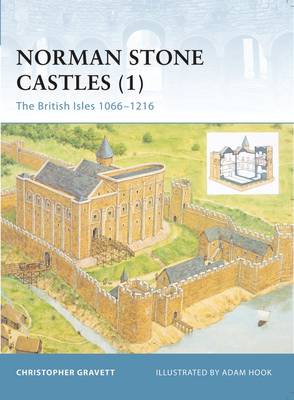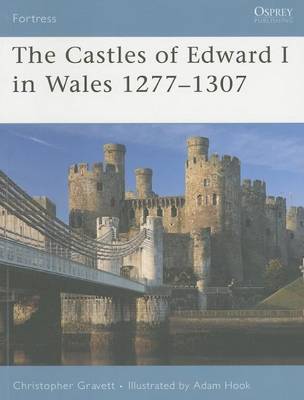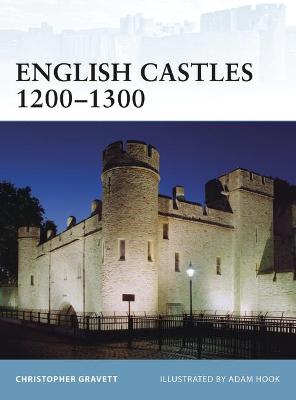Fortress
4 primary works
Book 13
The Normans were some of the most feared warriors of the High Medieval period, descended from the Vikings who had settled in Northern France under their leader Rollo in or around 911: throughout the following centuries they built on their warlike reputation. This culminated in their conquest of England under Duke William I. This conquest was by no means assured even after the climactic victory of the battle of Hastings. In order to consolidate his position, William built a series of fortifications around the country. This book covers all these developments from the early days of William I through to the fortifications of Henry II, Richard I and John.
Book 18
Following their settlement in the north of France, the Normans sought to consolidate their territorial gains in what was to become known as Normandy. They did this by building a series of castles and fortifications. Duke William's desire to hold down his lords, and his efforts to crush opposition to his minority also led to a number of famous sieges at castles such as Brionne, Arques and Alencon. This book discusses the Norman castles in Normandy, as well as in the Mediterranean, where at Melfi and Ademo in Italy and Sicily, Sahyun and Bagras in the Principality of Antioch they also left their mark.
Book 64
In 1277, Edward I gathered a huge army and marched into Wales to subdue the rebel Welsh princes. A key part of his strategy was to erect a castle wherever his army rested. This title takes a detailed look at the design, development and principles of defence of these Welsh castles, documenting daily life within their walls and the historical events that took place around them. Focusing on key sites, it highlights the varied castle designs ranging from fortifications based on French models to the defences inspired by Constantinople, and is illustrated with eight pages of full-colour illustrations and cutaway artwork.
Book 86
The simple castles raised after the Norman conquest had been developed throughout 11th and 12th centuries, whilst the introduction of Islamic and Byzantine fortification techniques from the late 12th century led to further developments in castle architecture. These fortifications were to be well tested throughout the course of the 13th century as England was riven by the conflict, characterized by prolonged sieges, between the monarchy and powerful magnates. As well as providing the focus for warfare, castles increasingly became the centres of their communities, providing a more permanent base for the lord, his family and retainers, as well as acting as centres for justice and administration.



